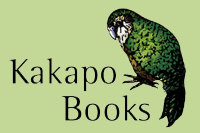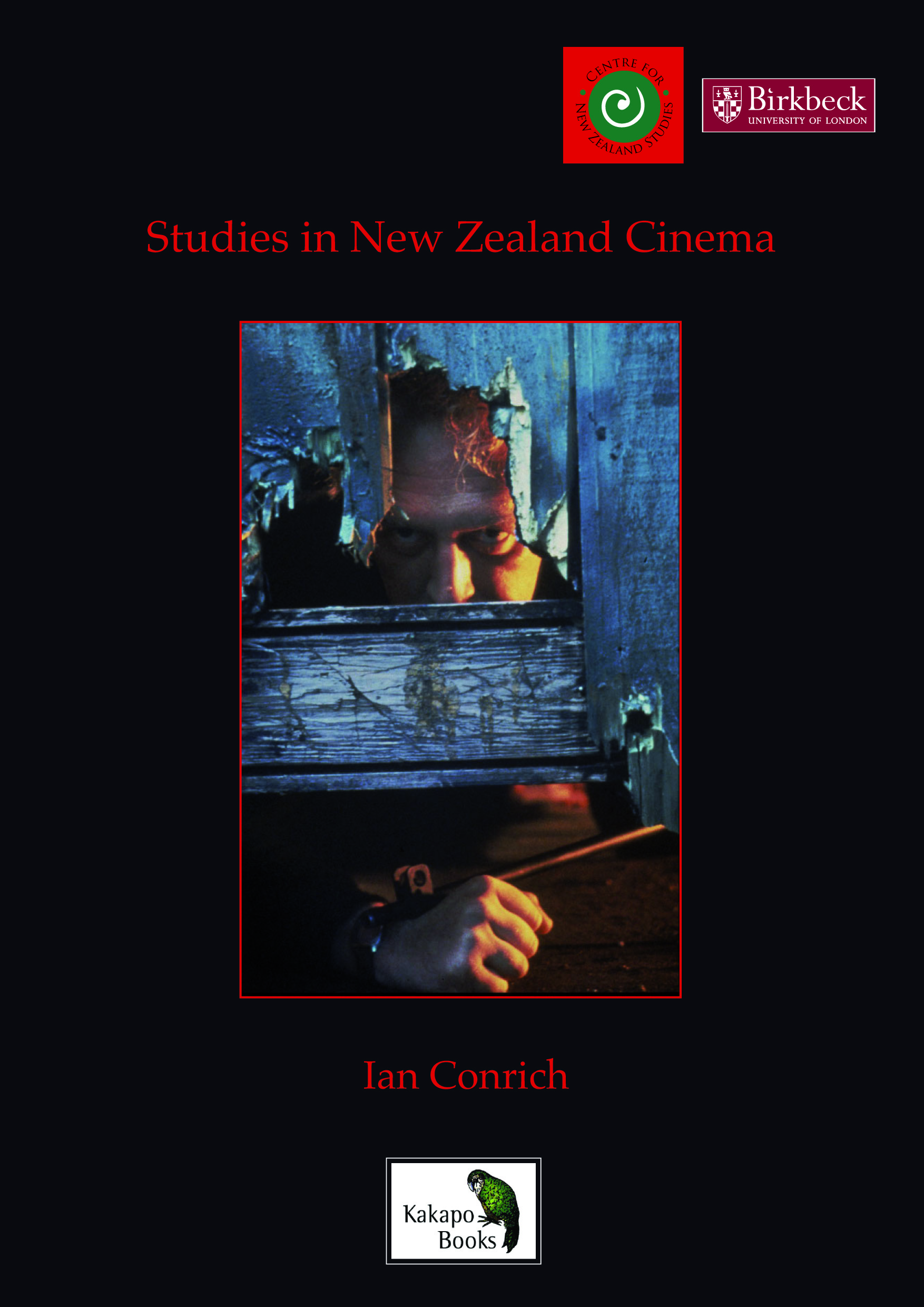 |
 |
by
|
|
This collection brings together a range of articles written by Ian Conrich on the subject of New Zealand cinema. Articles cover Kiwi Gothic, the New Zealand road movie, the representation of small town New Zealand on film, the depiction of terrorism and political corruption in New Zealand film, the films of John Laing, Vincent Ward's film Vigil, Peter Jackson's film Forgotten Silver, and the marketing and merchandising of The Lord of the Rings. The collection concludes with an extensive 47-page bibliography of all New Zealand cinema academic and commercial publications. Often I have been asked at what point did I become interested in New Zealand cinema. On a formal level, I began to reflect more on this national cinema when I was employed to teach a twelve-week course at the British Film Institute, in 1994. The course was eventually co-taught, when I invited Sarah Davy to join me in delivering the lectures. It was the first time a module on New Zealand film had been taught in the UK and such was my initial hesitation regards the lack of essential supporting resources that I almost opted instead for twelve-weeks on Australian cinema. There was a definite absence of critical texts available. This necessitated the creation of original material and the sourcing of articles from a wide range of journals to enhance the few existing books. Film availability was another concern and whilst there had been a healthy run of UK video releases of New Zealand films in the 1980s, screening prints was a different matter. Thankfully, we were able to source six prints from UK distributors. One of these films was the sumptuous and unrestrained Desperate Remedies (1993), which had enjoyed a UK cinema release in December 1993. The film was an essential part of a short-lived second wave of New Zealand cinema, marked most by the international successes of The Piano (1993; UK release November 1993), Heavenly Creatures (1994; UK release February 1995), and Once Were Warriors (1994; UK release April 1995). This second wave of New Zealand films also included The End of the Golden Weather (1991; UK release February 1993), Crush (1992; UK release April 1993), Braindead (1992; UK release May 1993), and Jack Be Nimble (1993; UK release February 1994). Since the mid 1980s, New Zealand cinema had been learning to move beyond the action-driven testosterone-fuelled content of much of the cinema of its film renaissance, which had begun in 1977. As previously marginalised creative forces - women, and Maori, for instance - found space within the industry, the nature and content of New Zealand film changed. This particular growth in diversity of New Zealand's cinema peaked in the early 1990s, but such was the international impact of the second wave, that it challenged much of the decade that followed. My interest in New Zealand cinema predated this period and as a child in the early 1980s I was exposed to the country's film renaissance as it was happening. In my youth I was encouraged to watch films from a broad range of national cinemas and found that I was repeatedly struck by the visionary style (not least the light and composition) of so many films coming out of New Zealand, which were being shown at the UK cinemas and broadcast on UK television. This was my formative period and key films were Beyond Reasonable Doubt (1980), Goodbye Pork Pie (1980), Smash Palace (1981), Bad Blood (1981), The Lost Tribe (1982), Utu (1983), Death Warmed Up (1984), Vigil (1984), The Quiet Earth (1985), and Mr Wrong (1985). New Zealand offered an attractive mix of style and genres and filmmakers that were bold and inventive. From this period John Laing, Vincent Ward, Roger Donaldson, Geoff Murphy, David Blyth, and Gaylene Preston stood out and their work is the subject of the articles in this collection. So much of the writing on New Zealand cinema has been drawn to historical accounts, summaries of narratives, or the discussion of specific major films - The Piano, Once Were Warriors, and The Lord of the Rings trilogy (2001-3). There is significant work still to be done in approaching the cultural formations of New Zealand cinema, locally and internationally, and as a transnational product. How I have always approached film is to view it in context, alongside other productions of the same period, both good and bad, and within a cultural-historical frame. Nation and identity are powerful factors in an emerging cinema and with New Zealand I have been drawn most to recurrent themes and devices: the function of the landscape and the open roads, conflict and the Kiwi Gothic, community and the small town. These articles have appeared across different publications; bringing them together was a suggestion that had been presented to me often. Added at the back of this collection, and published for the first time, is a comprehensive bibliography covering all the literature on New Zealand cinema.
|
|